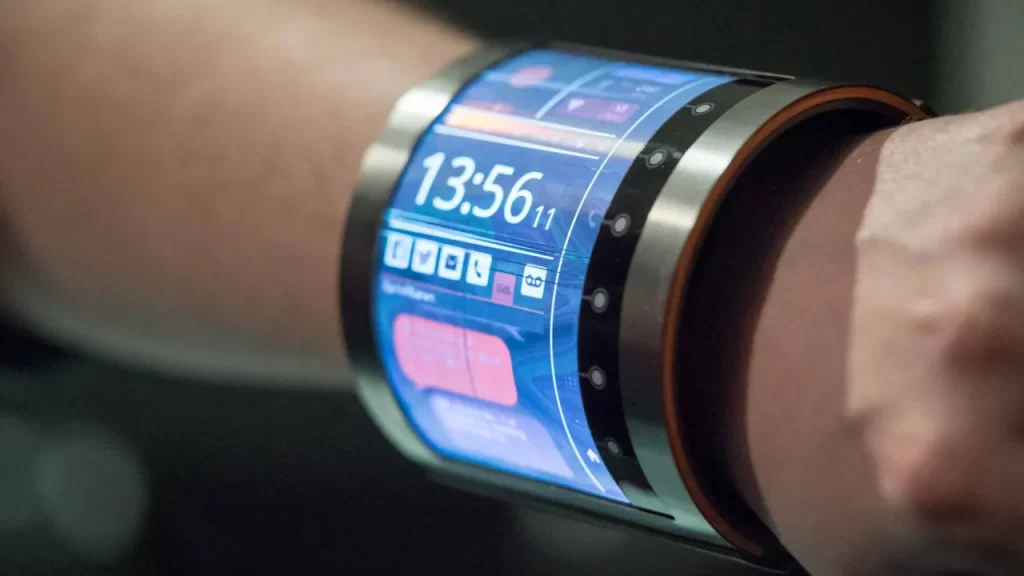Imagine a world where your smartwatch or fitness tracker could wrap seamlessly around your wrist, conforming to its shape like a second skin. Thanks to breakthrough research from the University of Chicago, this futuristic vision may soon become a reality. A recent press release from the university revealed that researchers have developed new organic light-emitting diode (OLED) displays that are incredibly flexible, to the point where they can be bent and stretched around a human wrist.
OLED displays are a crucial component in many consumer electronics, from smartphones to televisions, due to their ability to produce vibrant colors and deep blacks. However, traditional OLED displays are rigid and brittle, limiting their potential applications in wearable devices that require flexibility. This is where the innovative work of the University of Chicago researchers comes in.
Led by Sihong Wang, assistant professor of molecular engineering, and Juan de Pablo, Liew Family Professor of Molecular Engineering, the team set out to develop a stretchable OLED display by combining knowledge from various fields. The key was to find materials that could maintain the electroluminescence of OLED while also being flexible. After extensive experimentation and simulations, the team successfully developed atomic models of new polymers that exhibited both stretchability and luminescence.
“This is the class of material you need to finally be able to develop truly flexible screens,” said de Pablo. “This work is really foundational and I expect it to allow many technologies that we haven’t even thought of yet.”
The potential applications for this breakthrough technology are vast. Wearable electronics, such as smartwatches, fitness trackers, and health monitoring devices, could greatly benefit from OLED displays that can conform to the shape of the body, providing enhanced comfort and versatility. Imagine a fitness tracker that wraps around your wrist like a band, or a smartwatch with a display that seamlessly follows the contour of your arm. This could revolutionize the way we interact with wearable devices, making them more user-friendly and inconspicuous.
But the researchers’ ambitions do not stop there. Wang envisions a future where all essential components of a wearable electronic system, from sensing to processing to displaying information, are stretchable and flexible. This could open up endless possibilities for wearable technology, from medical devices that conform to the body for enhanced monitoring and treatment, to smart clothing that integrates seamlessly with our daily lives.
The team also has plans to improve the efficiency and performance of their flexible displays by incorporating additional colors into the fluorescence of the materials. The goal is to reach the same level of performance as existing commercial technologies, making these stretchable OLED displays viable for mass production and widespread adoption.
As technology continues to advance, the potential of flexible OLED displays developed by the University of Chicago researchers is truly exciting. From wearable devices that conform to our bodies to innovations we can’t even imagine yet, this breakthrough could pave the way for a new era of flexible and stretchable electronics that seamlessly integrate into our daily lives. The future of wearable technology has just taken a giant leap forward, and we can’t wait to see what’s next.

